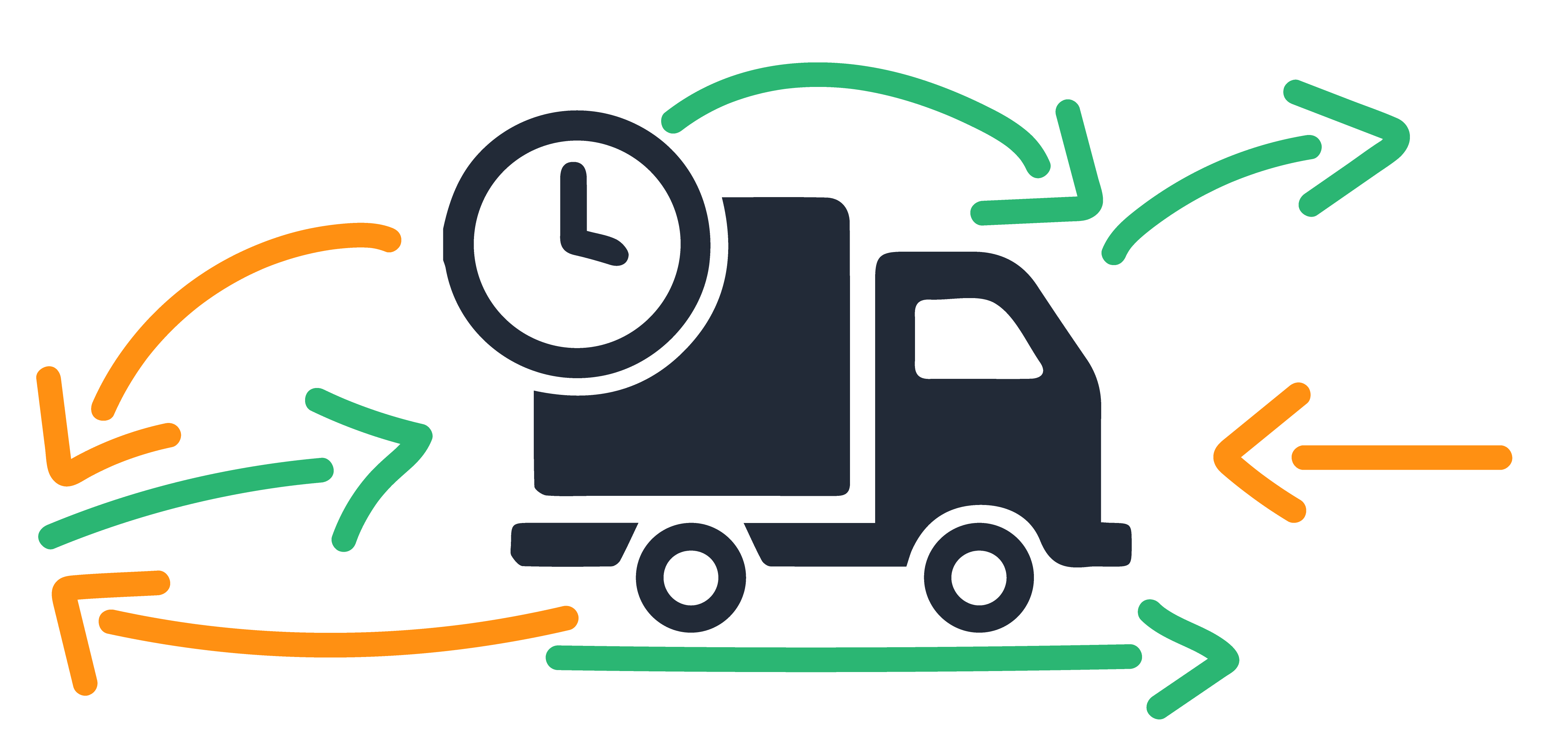
What are the ins and outs of logistics management? The Oxford dictionary describes it as: “The detailed organization and implementation of a complex operation”.
To elaborate on what Oxford said, we’ll take a peek into the field of supply chain management (SCM).
SCM is the flow of products, information (including marketing) and finances from:
supplier → manufacturer → wholesaler → retailer → consumer (including customer satisfaction) and back. If SCM is the functioning of different body parts in relation to each other, logistics processes are the nerves.
“Simply, SCM comprises cross-functional and inter-enterprise logistics processes.”
Dr. Edward J .Marien
Obviously these processes are integral to managing regular supply chain operations. The end goal of logistics management is to match resource demand with supply (physical logistics) and perform advanced communication and collaboration (abstract logistics) to facilitate increased ROI on all levels.
A logistics manager is called a logistician and has these grueling daily tasks:
- use software to manage stock levels, delivery times and transport costs;
- use associated information systems to coordinate and control the order cycle;
- use data from software to evaluate performance and quality and to plan improvements;
- allocate and manage staff resources according to changing needs;
- manage staff;
- liaise and negotiate with customers and suppliers;
- develop business by gaining new contracts, analyzing logistical problems and producing new solutions;
- understand, work with and possibly help to develop e-commerce;
- continually try to improve and develop business performance within the constraints of legislation, fuel costs and rising environmental pressures.
source: Prospects
This sounds like a busy and trying day. Luckily, as you can see from the list above, software help a lot with the ins and outs of logistics. The criteria for good logistics software are:
- Cloud based, so updates are in real-time.
- Customizable, so you can track and control what’s important to your company.
- CSV reports, so you it can integrate with other software.
- Mobile friendly, so you can access it from anywhere, using your phone.
- Multi-role, so all the links in the supply chain can access the system and make relevant updates.
Large logistics companies use enterprise resource planning (ERP) software, like SAP, that can be used for transportation regulations, HR, CRM, warehouse management, accounting and everything in between. Some of the larger companies, like Panalpina even use in-house ERP software, developed especially for them.
Small to medium-sized logistics companies, obviously use smaller software systems. An example would be warehouse management, service billing and accounting in one package. A system like this can be used with other modules of software, like a dedicated purchase order management system.
Logistics as a function is not reserved for logistics companies though. Many other fields like construction, events management and property development make use of logistics in daily operations. These companies have different main functions, but also need logistics to help complete projects on time and on budget. They might not use dedicated logistics software, but opt for a dedicated purchase order system to manage procurement, deliveries and payment.
Incidentally, that’s exactly what Procurementexpress.com does. We help companies with a main function other than logistics, gain control over the purchasing and delivery part of logistics. To find out more, book a free demo here.
Familiarize yourself with better practices and find out How One-Time Cards Work



